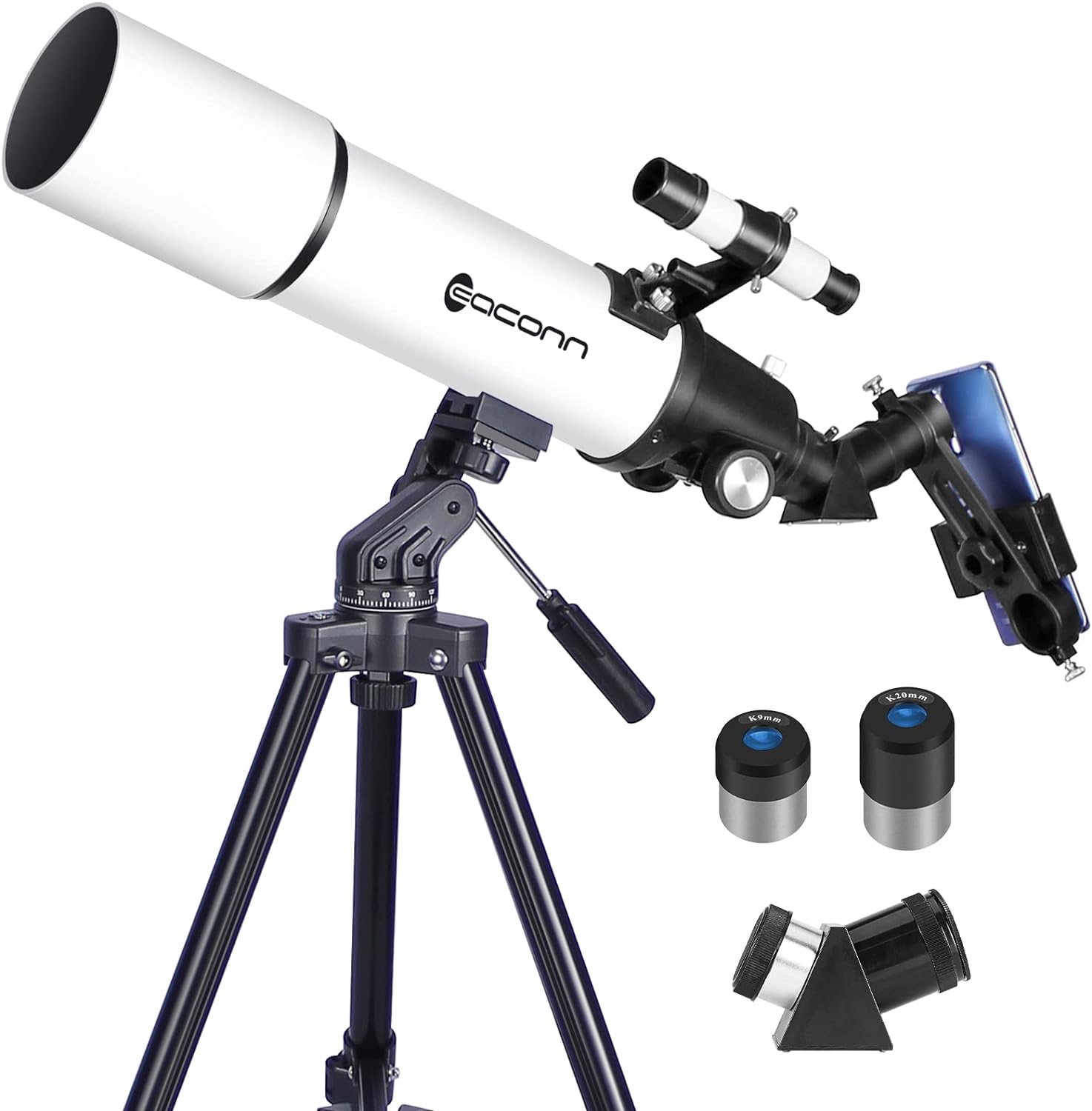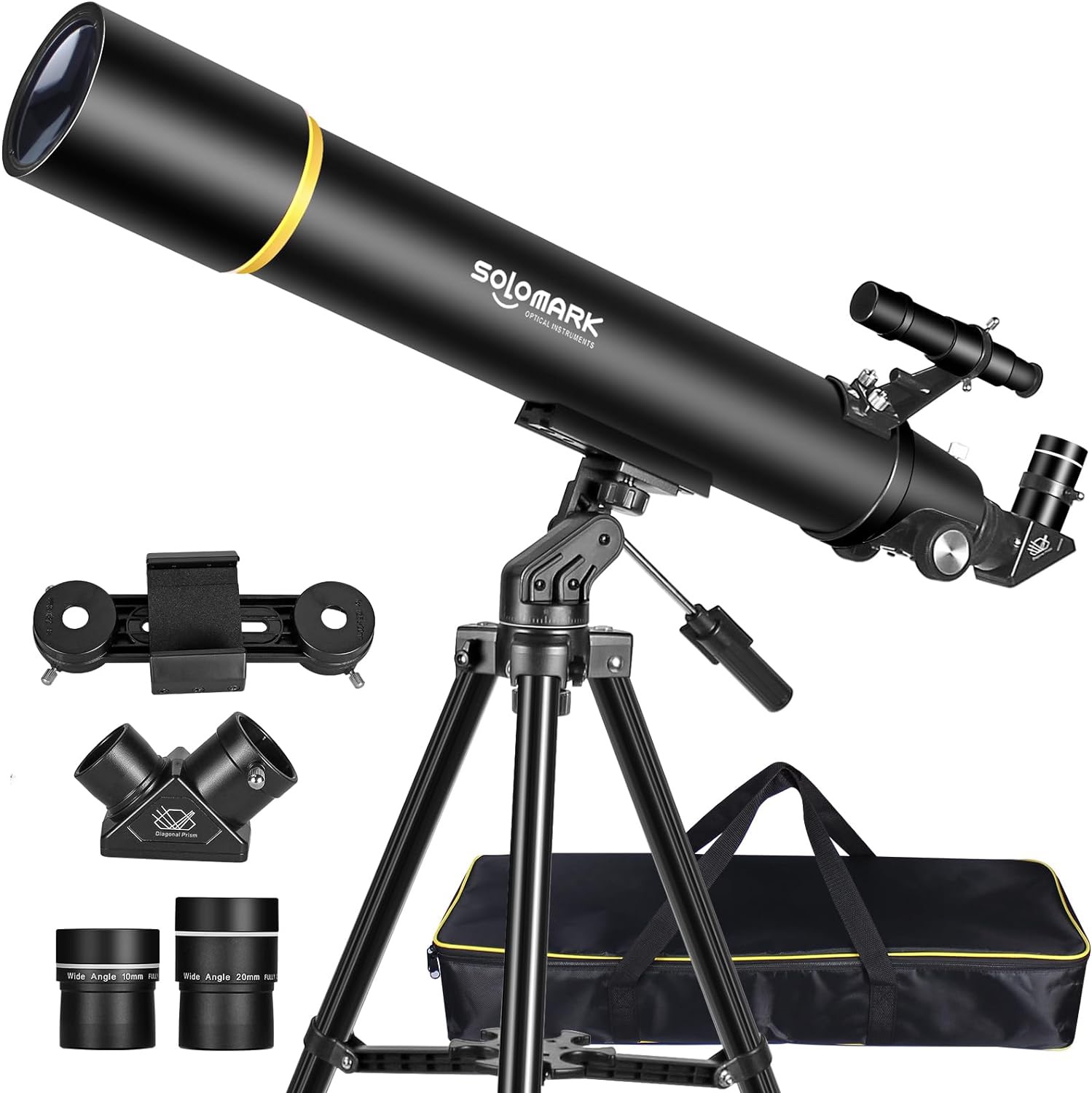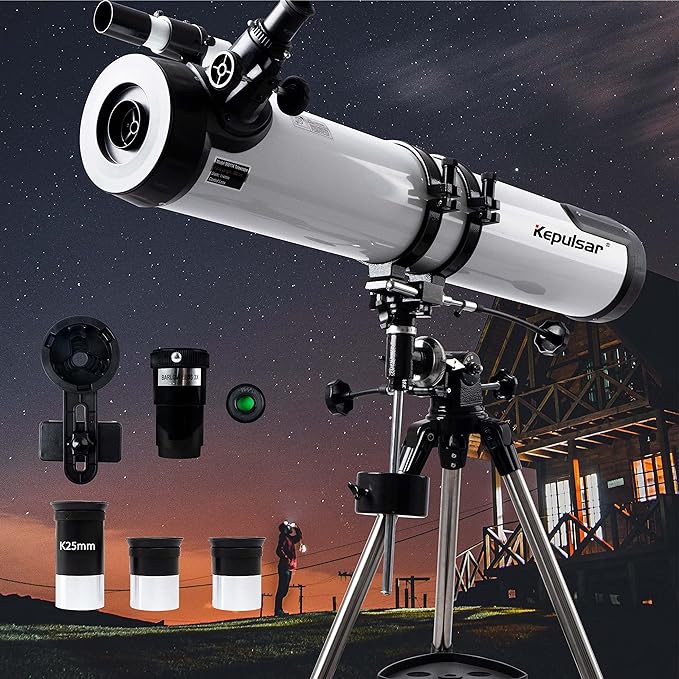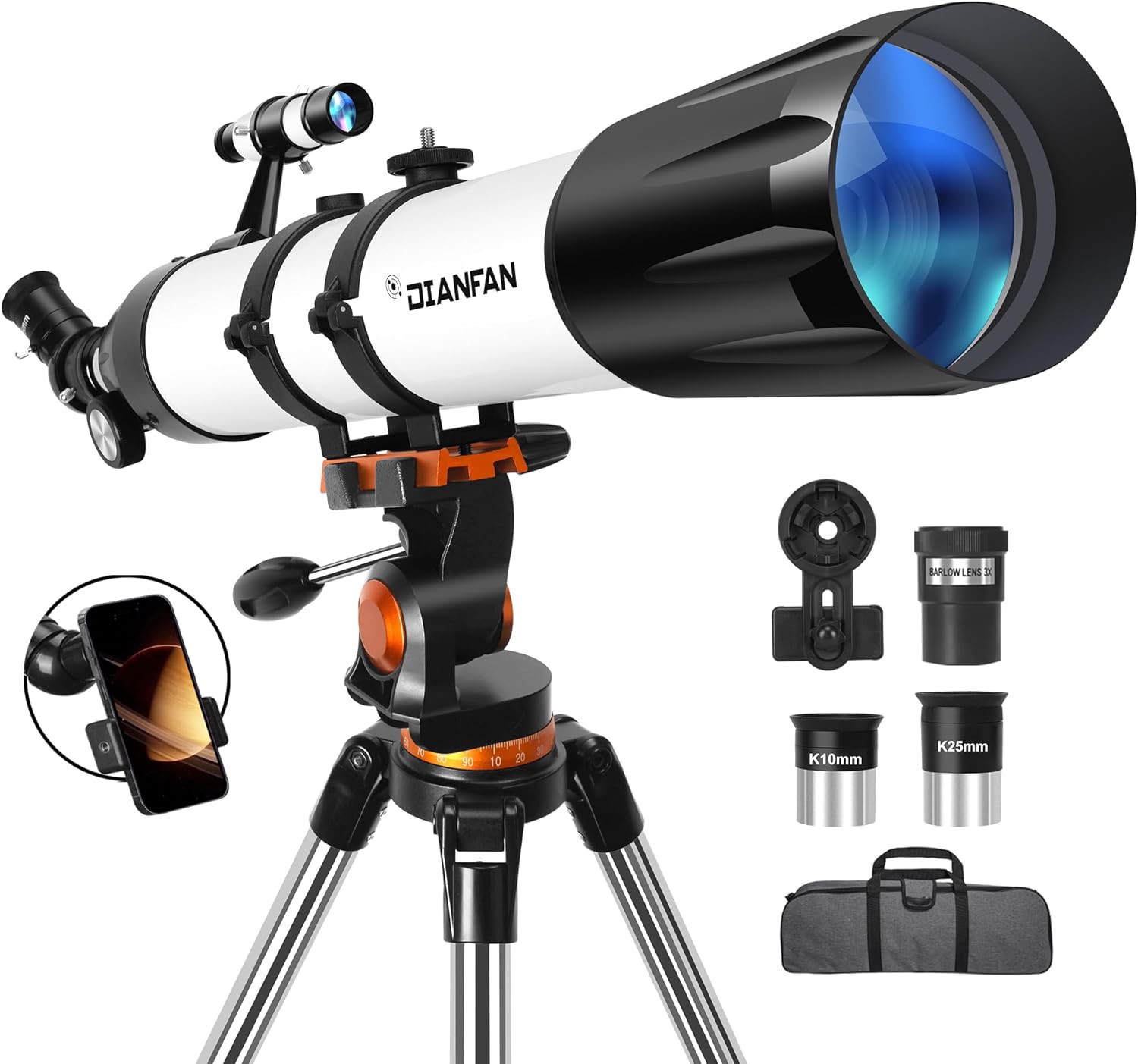Live Coverage of the release of new Euclid images focusing on dark matter and galaxy clusters by ESA.
That's all for now from our live coverage. We thank you for your attention. ESA will present the new pictures and science results from the Euclid mission in March 2025. Stay tune for that and we will live coverage this event as well. These were all 5 of today's images. The European Space Council, currently taking place in Brussels, Belgium, received a preview of these images this morning. The last image shows the Dorado group of galaxies. Here the bluers of indirect dark matter are visible. This riche galaxy group is visible from the southern hemisphere. It's young star group - some of it's galaxies are still forming new stars and planets. Is a star pushed out of a galaxy by the powers of dark matter and in combination with the gravity that actually holds the stars in a galaxy, it is easier to investigate the ways of how dark matter acts in the universe. Maybe someday answering the questions of what dark matter is. The dataset produced from this investigation is enabling scientists to study how galaxies evolve and collide over time. It also helps to improve our models of cosmic history and the understanding of how galaxies form within halos of dark matter. Imagine the Art of NASA. Amazon (US): https://amzn.to/3t0iRSH *Affiliate Links This image and the last image were presented from ESA scientist from Paris. The fourth images show the galaxy cluster Abell 2764 with a stunning bright star in the forfront, which is actually still part of our Milky Way galaxy. The galaxy cluster is a very dense region (visible on the top right). It homes hundreds of galaxies orbiting within a halo of dark matter. Get your telescope now to watch the night sky in detail with your own eyes. *Affiliate Links The third images shows the spiral galaxy NGC 6744. NGC 6744 is one of the largest spiral galaxies and a typical example of the type of galaxy currently forming most of the stars in the nearby universe. It's a wonderful archetype to study with Euclid. Euclid extraordinatory construction allows the telescope to use it's normal cameras and the infrared camera at the same time. These makes it possible to expose hidden regions of star formation for the first time. Therefore it's also easiert to map the complex filaments of gas and dust in unprecedented detail. This includes newly formed stars and planets. The next image is presented by two young scientists working for Euclid at the Canary Islands. This image shows the star-forming region Messier 78. It's an unprecedented view into the star formation process in our universe. It is the first image shot of this young star-forming region at this width and depth. Imagine the NASA missions to Mars in an incredible illustrated book. *Affiliate Links Now it's time for the first image. It the image of Abell 2390 is a galaxy cluster,with more than 50 000 galaxies at this one image. Galaxies of shown have the size of the Milky Way. Such galaxy clusters contain huge amounts of mass, which can be up to 10 trillion times that of the Sun. Most of the mass can’t observe directly as it excists in form of dark matter. ESA presents these images in a live webcast from it's science groundstation in Madrid, Spain introducing different scientists to explain and present the images. Welcome to our Live Coverage of the release of new images from Euclid. The 5 new images we will see today are focusing on Euclid science investigation on dark matter.
If you want to see more of our content join
SPACE-FRIDAY: The Talk on Signal: https://signal.group/#CjQKIBZWmt57f4O58ORpQyMj1FbYfWMo3v0WILUxX93IhRIQEhDnyBfyv_7sTW7z6gd_ji5l
@signalapp: https://signal.group/#CjQKIHfqX73P2CirD_TRqWha9BJ8ew7RrysHe2Esd69vTLa4EhCTHx-BPgLhIk-xuq7P_dJV
Mastodon: @nemethstarproductions_official@mastodon.social @space_friday@mastodon.social
BlueSky: @nemethstarpro.bsky.social @spacefriday.bsky.social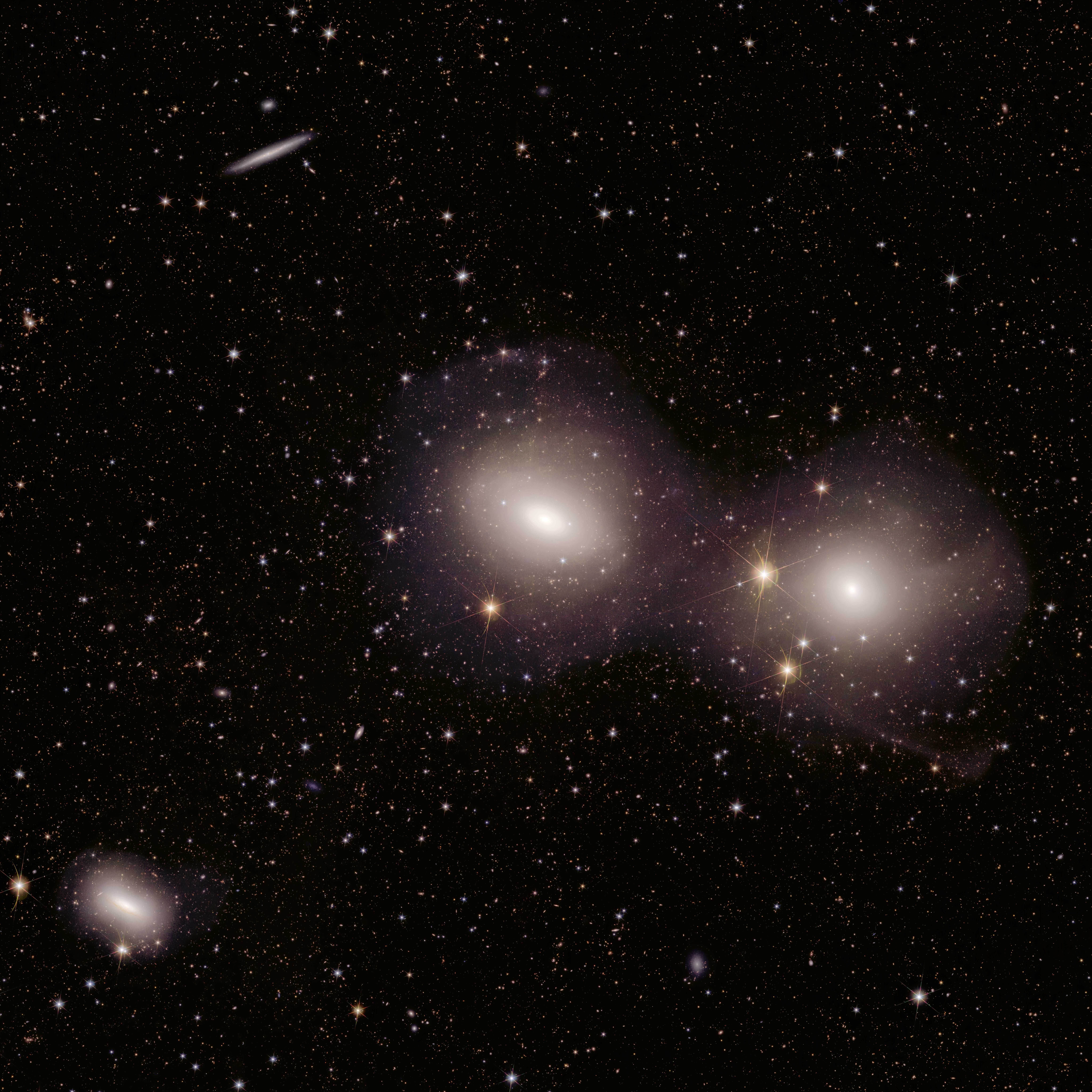
Credit: ESA/Euclid/Euclid Consortium/NASA, image processing by J.-C. Cuillandre (CEA Paris-Saclay), G. Anselmi
License: CC BY-SA 3.0 IGO
Amazon (UK): https://amzn.to/48uM4W3
Amazon (DE): https://amzn.to/46ipbUF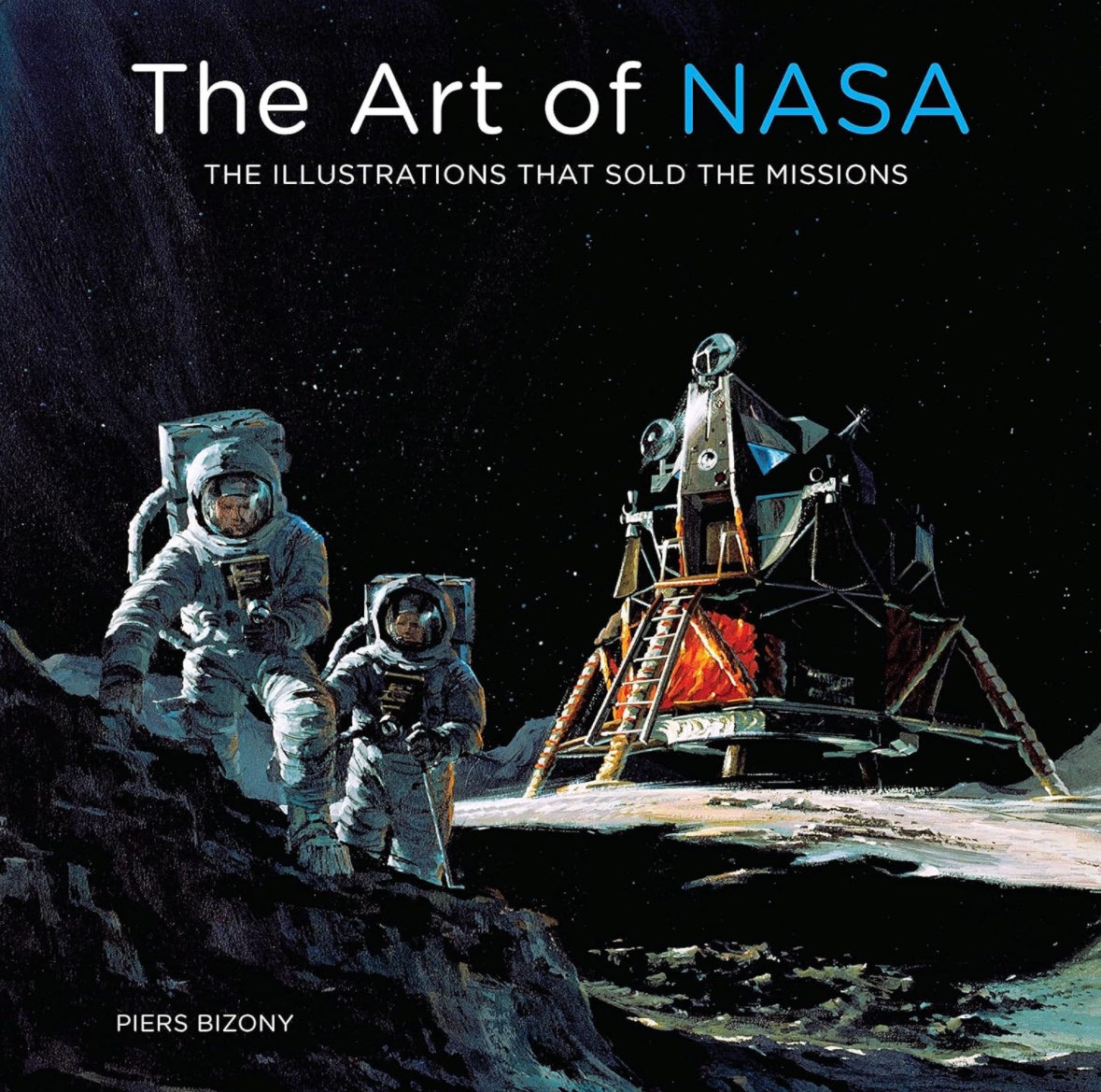
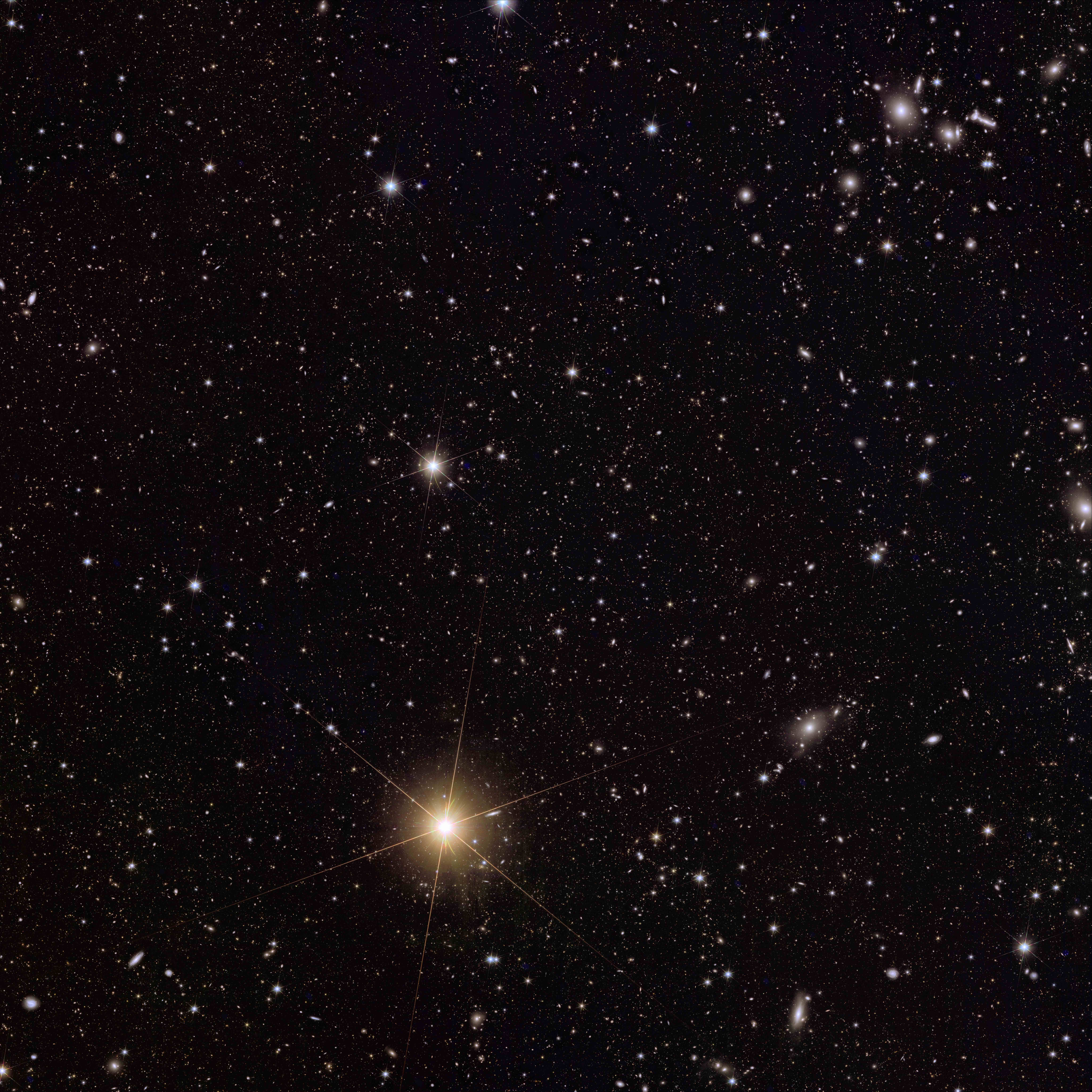
Credit: ESA/Euclid/Euclid Consortium/NASA, image processing by J.-C. Cuillandre (CEA Paris-Saclay), G. Anselmi
License: CC BY-SA 3.0 IGO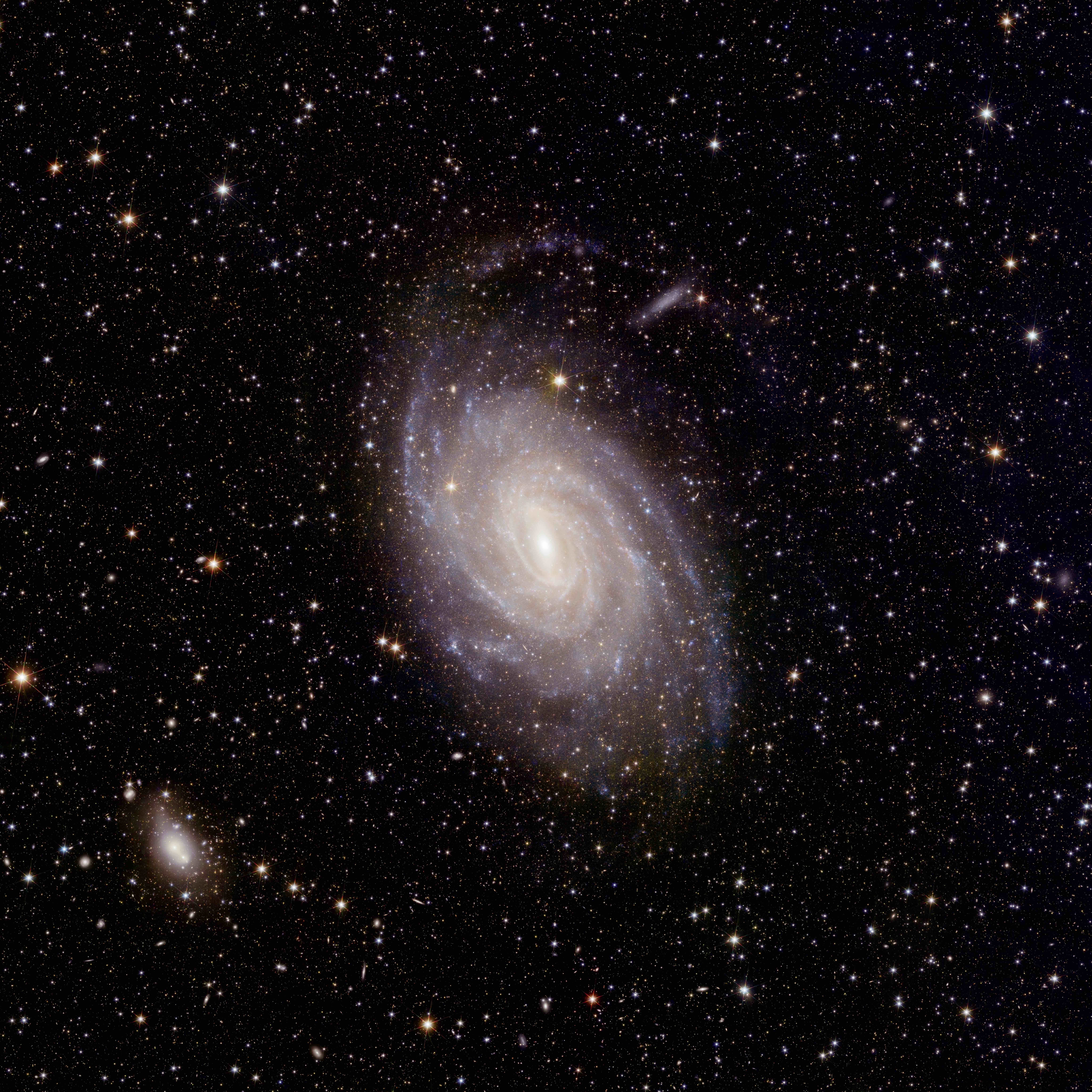
Credit: ESA/Euclid/Euclid Consortium/NASA, image processing by J.-C. Cuillandre (CEA Paris-Saclay), G. Anselmi
License: CC BY-SA 3.0 IGO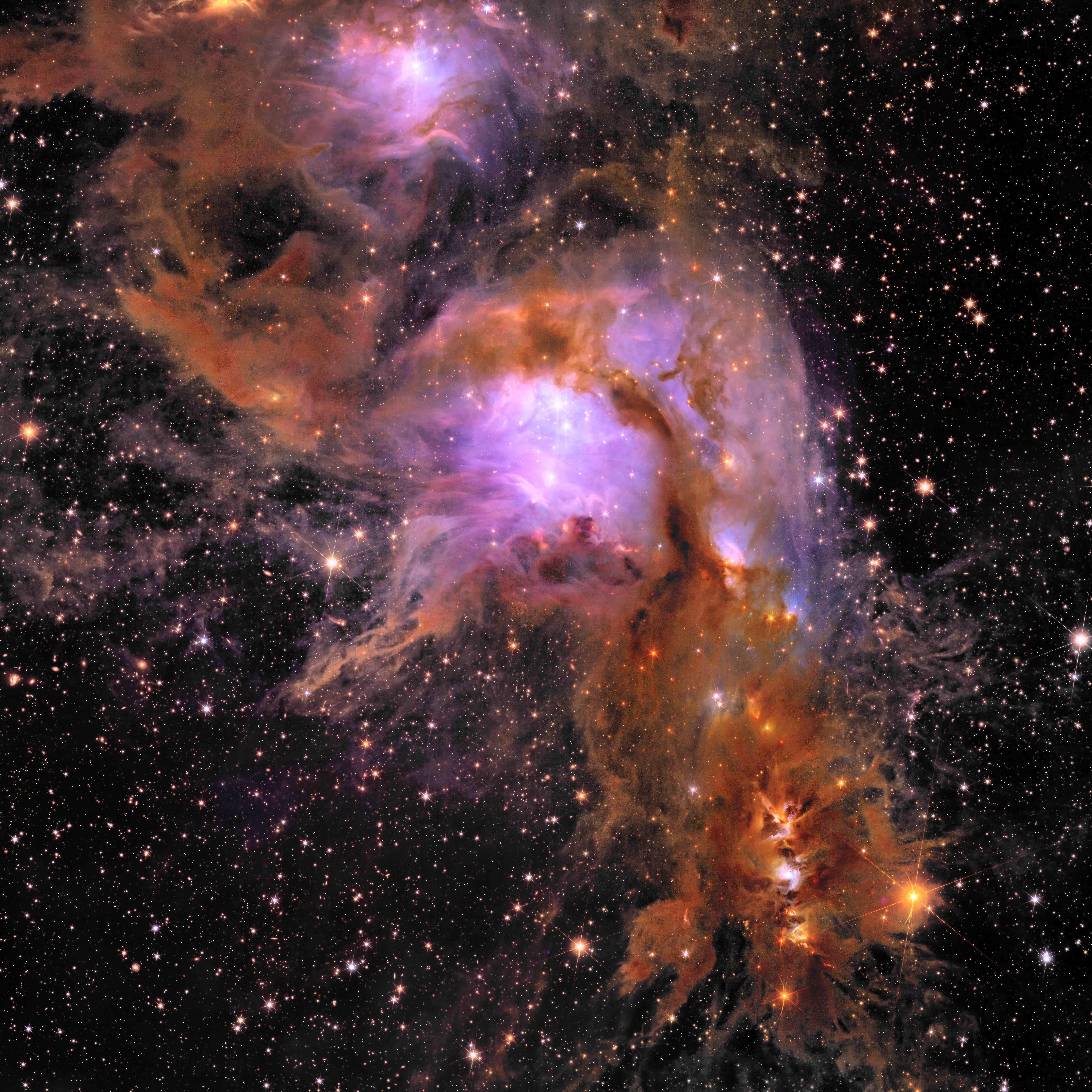
Credit: ESA/Euclid/Euclid Consortium/NASA, image processing by J.-C. Cuillandre (CEA Paris-Saclay), G. Anselmi
License: CC BY-SA 3.0 IGO
Amazon (US): https://amzn.to/457d9fa
Amazon (UK): https://amzn.to/46pWSD5
Amazon (DE): https://amzn.to/3RyKRr4
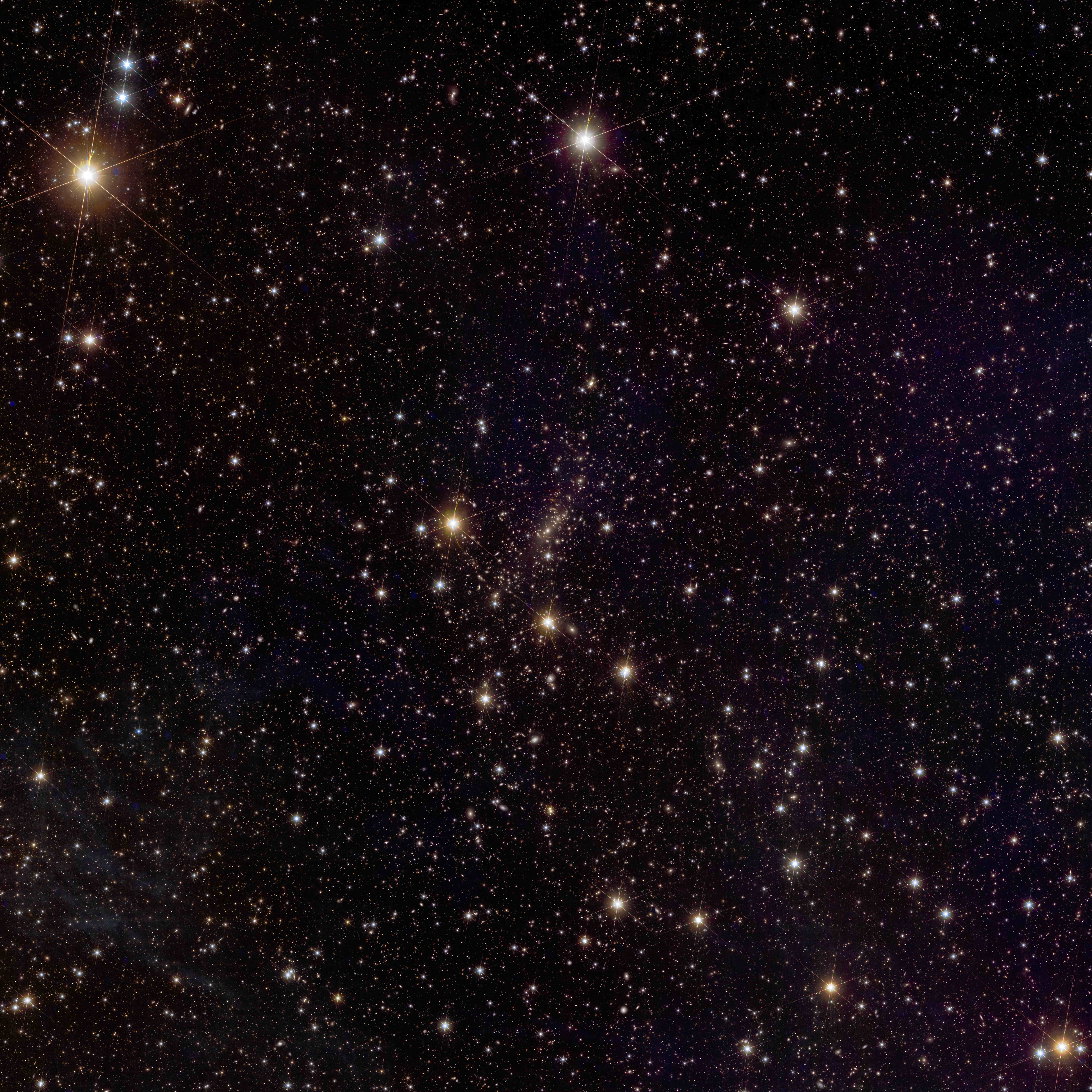
Credit: ESA/Euclid/Euclid Consortium/NASA, image processing by J.-C. Cuillandre (CEA Paris-Saclay), G. Anselmi
License: CC BY-SA 3.0 IGO









